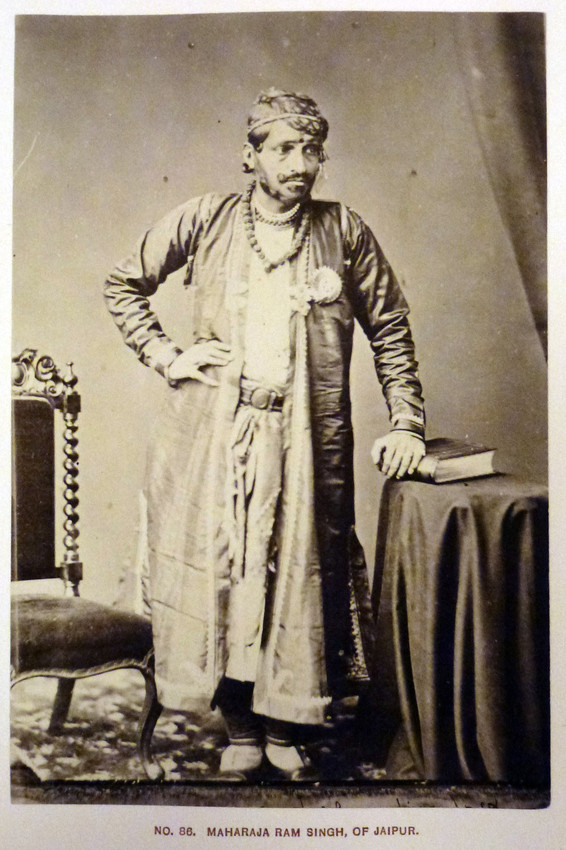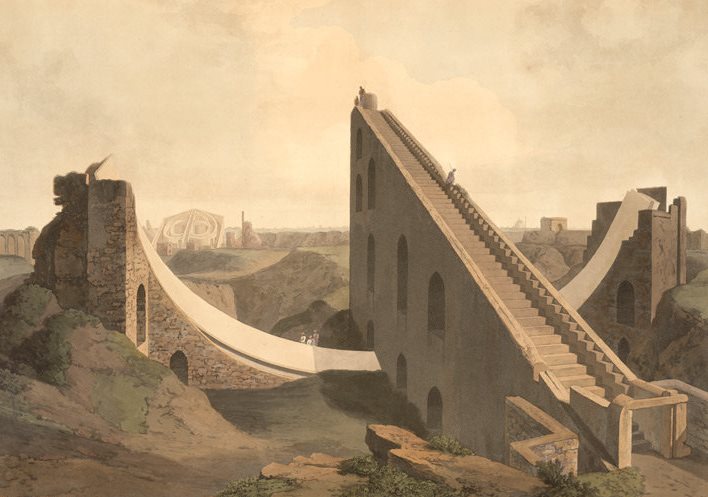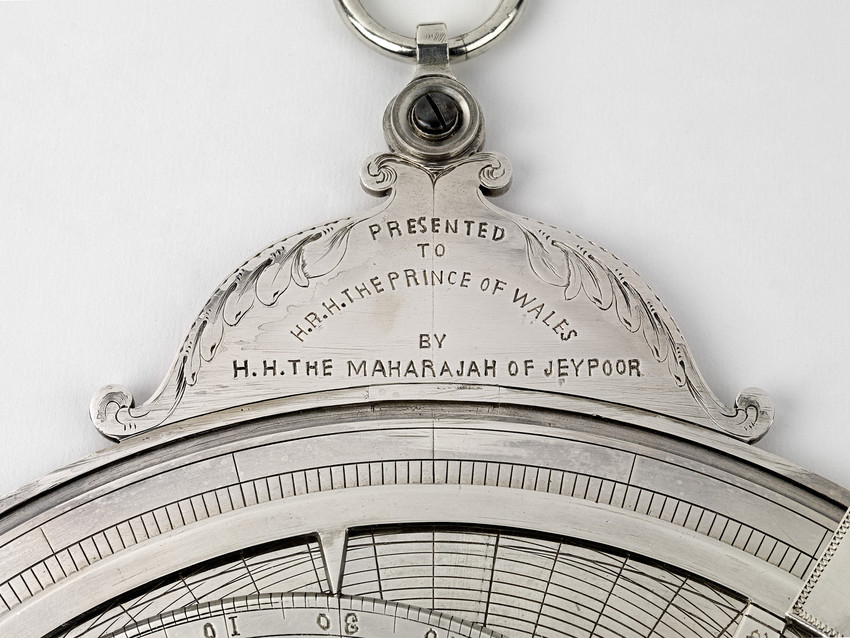Here’s the next in the series of blog posts linked to the forthcoming ‘Splendours of the Subcontinent’ exhibition at Cartwright Hall, in conjunction with the Royal Collection Trust. This entry has been written by Kajal Meghani, the Exhibition Assistant Curator at the Royal Collection Trust and focuses on the story behind one of the objects. She writes:
The Prince received a variety of gifts during his tour of the Indian Subcontinent, which included some that were more scientific in nature. One such gift was a silver astrolabe from Ram Singh II, Maharaja of Jaipur.


Astrolabes were thought to be an ancient instrument developed over at least two thousand years and were designed for a variety of uses. As well as being used for practical purposes such as telling the time or calculating sunrise and sunset, they were also linked with astrology and horoscopes and their design would often be adapted to link with religious ideologies depending on for who they were made for. For example, an astrolabe made for an Islamic patron may bedesigned to determine Islamic prayer times and the direction of Mecca (qibla).
The astrolabe is thought to have been introduced toIndia through travelling Islamic scholars and their production developedthrough the patronage of the Tughluq Sultanate (1320-1413). Given its multiple uses, the astrolabe in parts of India came to be known as the yantraraja, or ‘King of Instruments’, named after a treatise on astrolabes by the Jain monk, MahendraSuri (1340-1410). During the Mughal Empire, in particular the rule of Humayan (1509-56), astrolabe production was associated with Lahore.
This interest in the astrolabe spread to Jaipur through Maharaja Jai Singh II (1686-1743), the founder of the city of Jaipur. Maharaja Jai Singh II (1686-1743) was an enlightened ruler and inspired by Indian, Arabian and European scientific texts, constructed five astronomical observatories in Jaipur, Delhi, Mathura, Ujjain and Benares.

William Howard Russell, writer of the official tour diary, was particularly taken by the previous Maharaja’s interest in astronomy, and as the Prince and his suite entered the city of Jaipur on 5 February 1876, exclaimed that’the world knows very little of its great men; and the number of people who are acquainted with the deeds of the Maharaja Jey [sic] Singh, who founded the “City of Victory” in 1728, is probably very small indeed, although astronomers must be acquainted with the name, at least, of the man who reformed the Calendar, and constructed the remarkable observatories at Benares, Jeypoor, and elsewhere’.

By the Prince’s visit, Jaipur had been established as an important centre for making astrolabes. Jaipur produced astrolabes were usually characterised for being large in size and having a sighting tube as seen on the astrolabe presented to the Prince.
Although it is likely this object was intended to be a presentational item being made of silver (when the usual material to use for astrolabes was brass) and with its dedicatory inscription on the throne (the top of the astrolabe), to ensure that the astrolabe remained functional for when the Prince returned to England, the reverse of the throne is thoughtfully inscribed with the coordinates for Greenwich.

